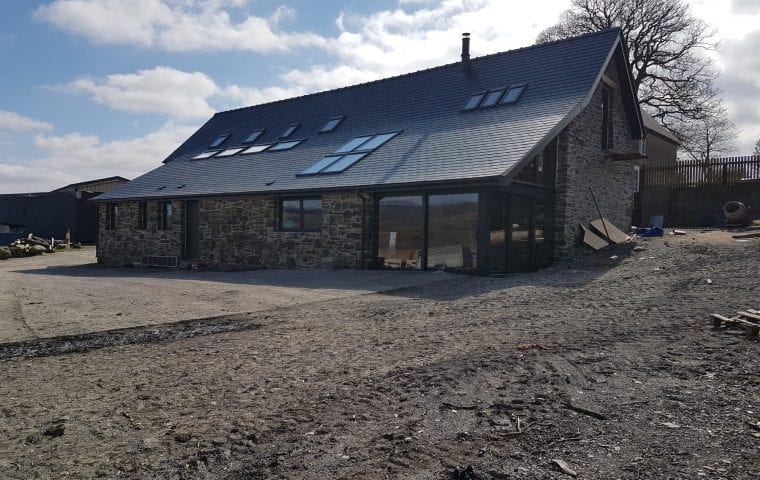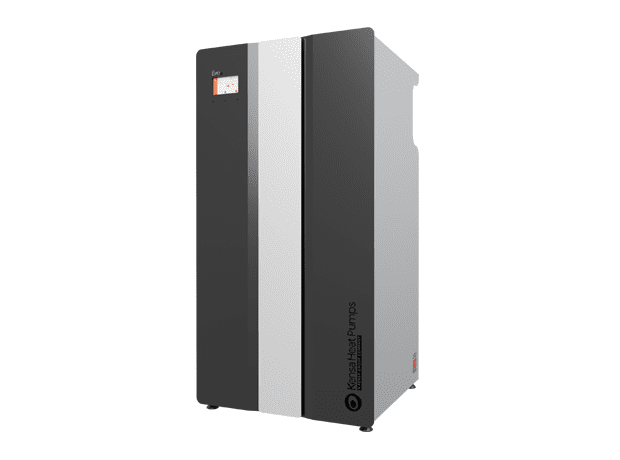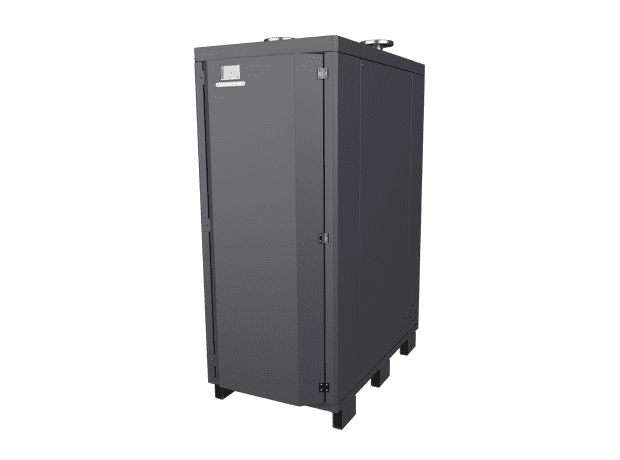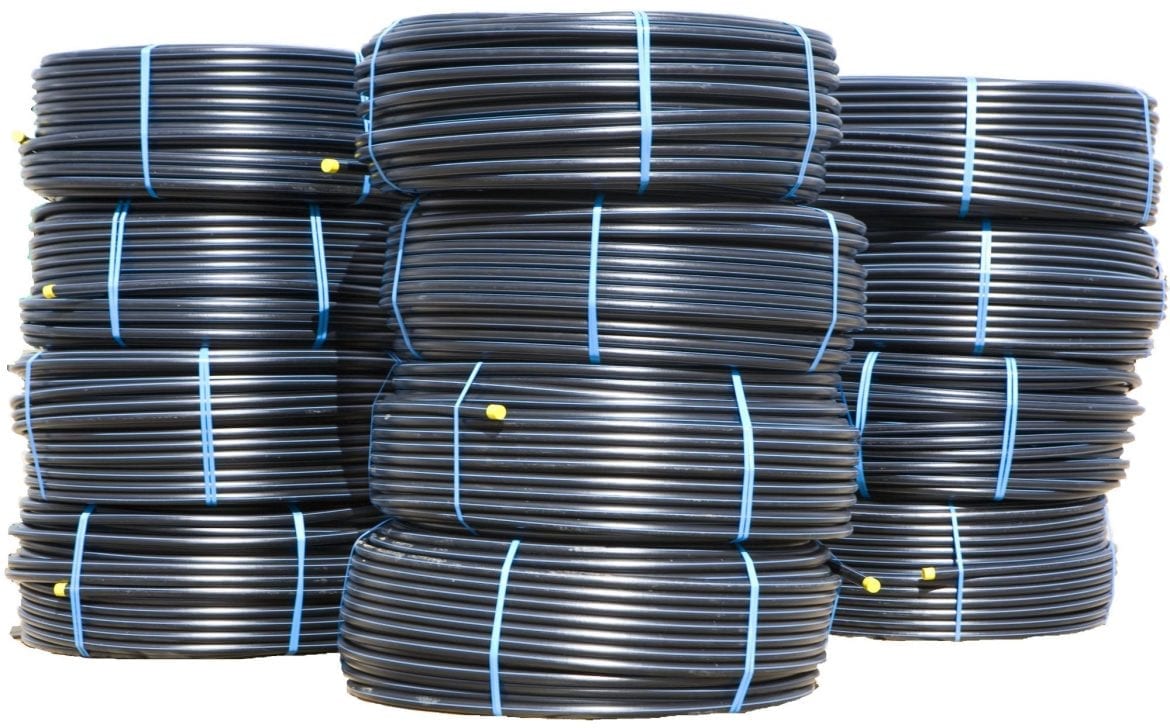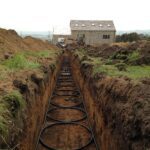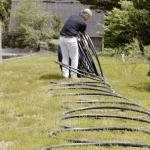Rhandir Llangadfan
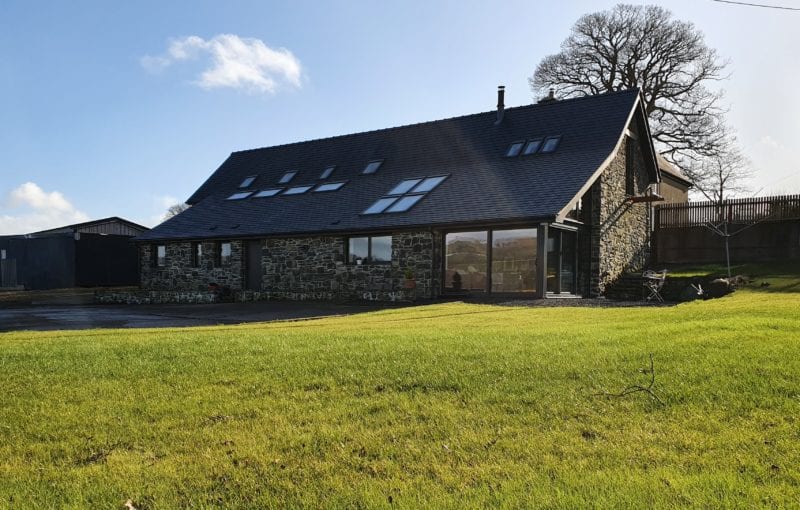
Ground Source Review: Rhandir Llangadfan.
Geraint and Mererid Roberts had a 13kW Kensa Evo ground source heat pump installed as part of a two-year project to convert a 300 year old barn on the site of Rhandir Farm.
Ground Source Review: Rhandir Llangadfan
Having moved back to the area from Cardiff, local couple Geraint and Mererid Roberts have just completed a two-year project to convert a 300 year old barn on the site of Rhandir farm. Growing up on the family farm, Geraint had always liked the barn which dated back to the 1700s and looked out over the picturesque arable farmland, and was keen to take on the renovation project.
Geraint is a planning and development consultant, so managed the planning application with ease. During the last stages of the build, they moved into the farmhouse with Geraint’s parents to allow them to better manage the project.
The specification
Being based in a rural area, the building had no access to mains gas, and the couple were reluctant to use oil, as they had racked up high fuel bills whilst living in a rented property with an oil boiler. They were put off of biomass by the thought of being at the mercy of fuel deliveries.
Through the work he had done with a local housing association, Geraint had heard about ground source heat pumps and liked the idea of being self-sufficient. Having done his research, he knew that to make the technology as successful as possible, good design and installation were key. He found Gwres Glas online and was delighted to discover Rob Martin, an experienced ground source heat pump installer just down the road! Rob pointed the couple to the Kensa heat pumps that he had already installed in Llangadfan, and after speaking with the satisfied owners, they were keen to go ahead.
Geraint said:
We are delighted with our Kensa ground source heat pump system and have recommended it to other people. It’s been put to the test during the recent snowy weather and every corner of the barn has been cosy and warm. I think my father now prefers working in the barn rather than tending to the sheep because it’s so comfortable in here!
The installation
Based on the heat load and the SAP report provided by Gwres Glas, Kensa specified a 13kW Evo ground source heat pump to provide 100% of the property’s heating and hot water needs.
Rob said:
Kensa’s new Evo heat pump compares really well to wood pellet boilers and the technology is streets ahead of the oil-fired competition. Plus the wonders of the Evo’s new controller provided us with plenty of helpful diagnostics during the installation process.
The pump extracts heat from the ground using coiled slinky pipe laid horizontally in trenches underneath some nearby exposed land, normally occupied by sheep.
Rob commented:
The weather was a bit challenging; it rained during the installation and the ground was slippery, however we remained graceful in the face of the grime. We used Kensa’s MCS Umbrella and their support was fab, as ever. We like the fact that the people on the end of the phone have been with the company a long while.
The ground source heat pump, buffer tank and DHW cylinder are housed in a specially created utility room inside the property. Incorporating all the equipment into this central plantroom was a tight squeeze, but Rob hired in an electrofusion kit to make changes the pipework and the arrangement worked out well.
Geraint said:
The Kensa Evo heat pump looks really smart. Initially we were thinking of boxing it into a cupboard, but it is stylish enough to be on show. We’re seeing if we can match our other appliances with its black and chrome effect!
I also can’t believe how quiet the heat pump is! We don’t have the door on the utility room yet and you can hardly hear it running at all.
The build
Ground source heat pumps are low flow temperature devices that work best with well insulated properties. In order to turn the historic barn into a comfortable dwelling, Geraint and Mererid had to strip it back to a shell and rebuild it to current standards. They worked with a local builder, but undertook a lot of the work themselves with the help of Geraint’s father, who was instrumental in the build turning his hand to all aspects of construction from erecting the steel frame to rebuilding stone walls .
The barn had solid stone walls on three sides, with one side which had been left open to allow access for tractors and other farm machinery. Geraint had the existing stone walls repointed and added new timber cladding. He used his father’s experience of erecting steel framed agricultural buildings to construct a new steel frame inside the original buildings to support the original structure. This allowed for a new well-insulated roof and internal walls to eliminate heat losses, whilst allowing for original oak beams to be kept exposed internally.
The new layout featured double-height voids which allowed Geraint and his wife to include a mezzanine level with a library. With 240m² to play with there was plenty of space, and the couple incorporated two generously proportioned bedrooms on each floor. Downstairs features an open-plan kitchen, lounge, office, utility room and snug.
The budget
The ground source heat pump system has smart controls, allowing Geraint to makes adjustments and monitor the energy usage from his smartphone. The couple have been running the system continuously since it’s installation for a cost of less than £3 a day during the winter – almost half the yearly costs of the oil fired heating in their previously rented property.
To cover the initial investment for the ground source heat pump and associated infrastructure, Geraint and Mererid applied for an interest-free loan of £10K from the Robert Owen Community Banking Fund, which provides capital for homeowners in Powys for home improvements and renewable technologies. The system is eligible for seven years’ worth of quarterly payments from the Government’s Domestic Renewable Heat Incentive (RHI: this scheme has now closed – please visit this page to explore other funding) scheme, which the pair are confident will repay the loan in full.
All in all, the build costs have fallen within the projected £180K budget. The couple would like in future to put solar panels on the roof to generate electricity to power the heat pump system.
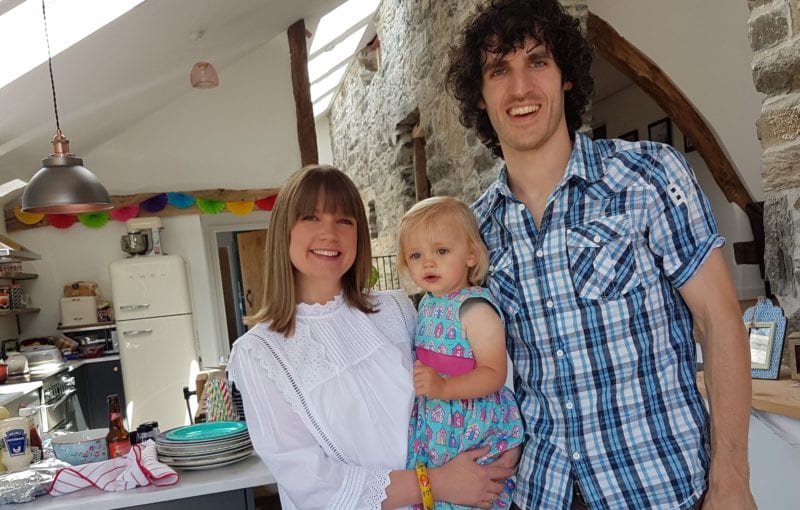

Rhandir - The Roberts family
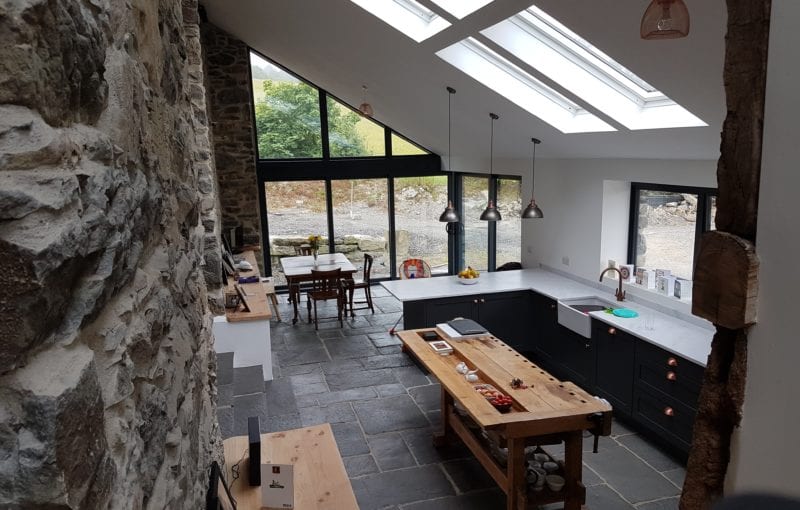

Rhandir - Interior
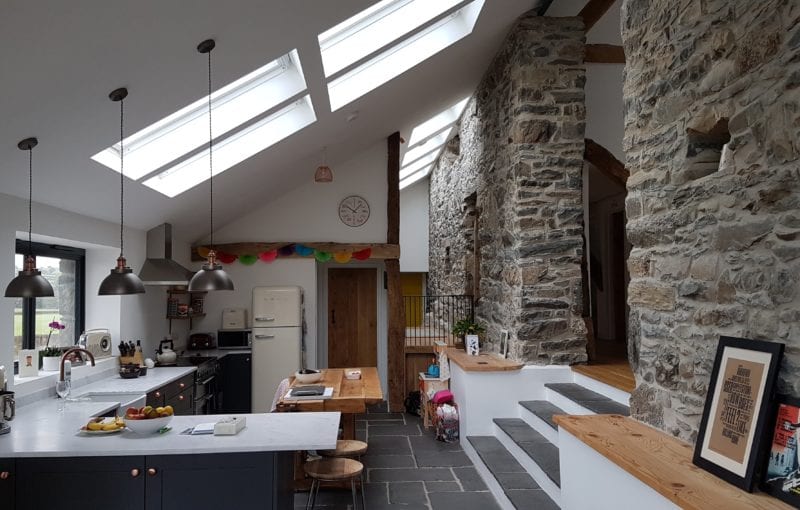

Rhandir - Kitchen
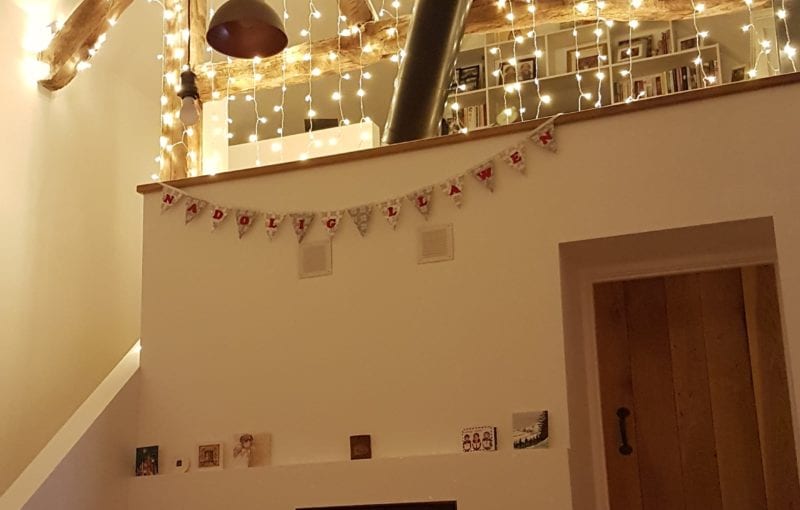

Rhandir - Christmas
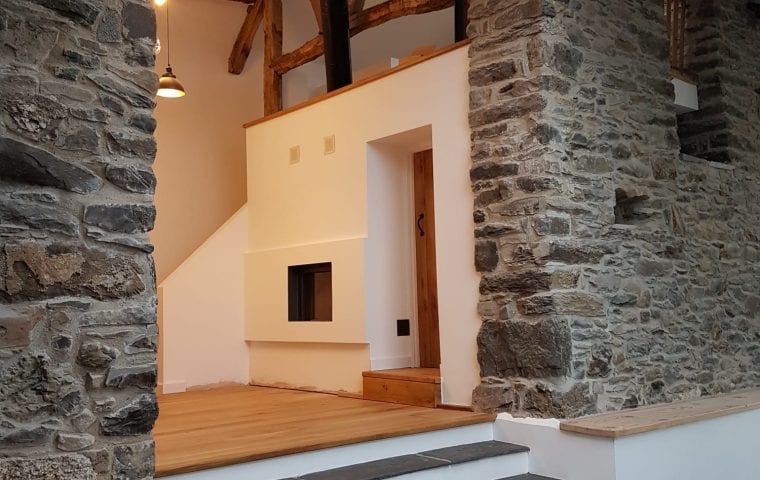

Rhandir Llangadfan ground source heat pump case study: interior
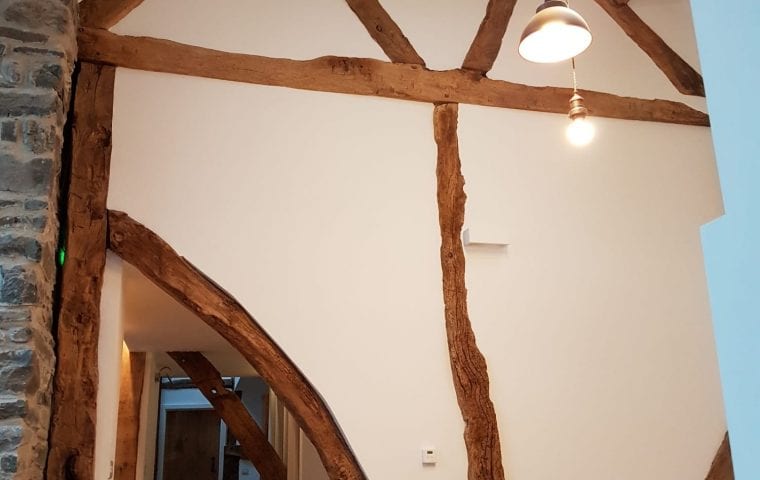

Rhandir Llangadfan ground source heat pump case study: interior lounge
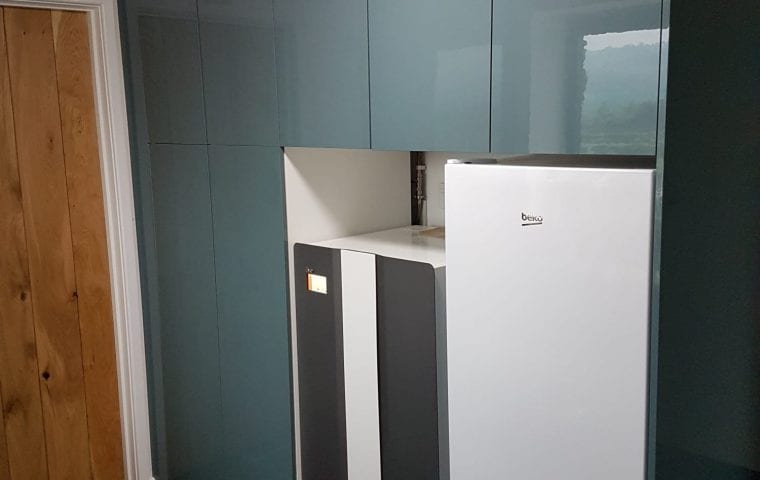

Rhandir Llangadfan ground source heat pump case study: 13kW Evo installation
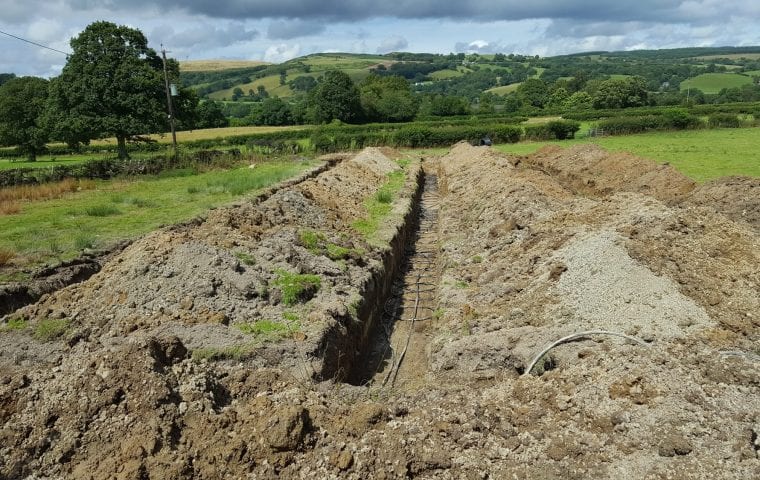

Rhandir Llangadfan ground source heat pump case study: slinky trenches
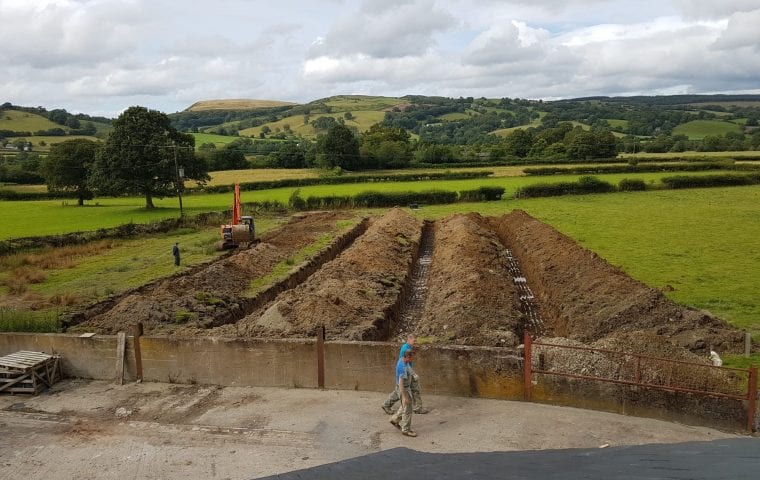

Rhandir Llangadfan ground source heat pump case study: digging slinky trenches
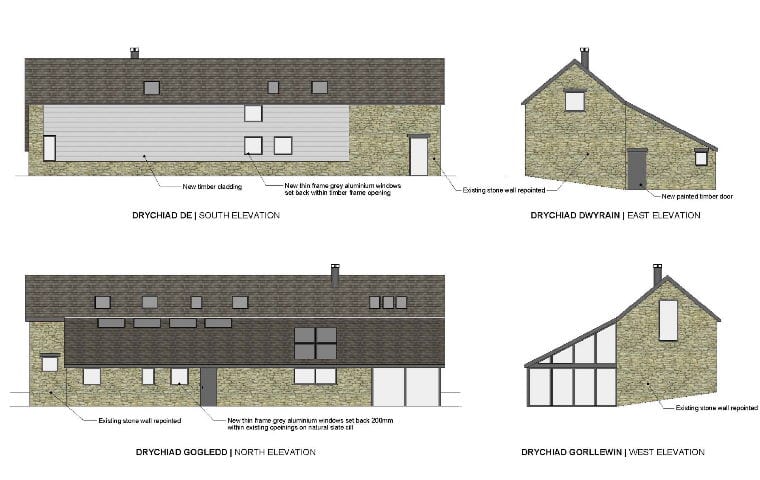

Rhandir Llangadfan ground source heat pump case study: annotated plans
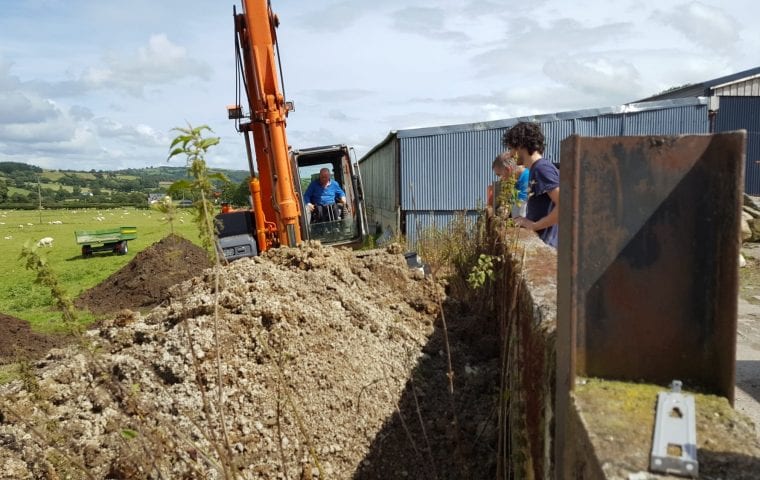

Rhandir Llangadfan ground source heat pump case study: watching the slinky trenches being dug


Rhandir - Pink sky
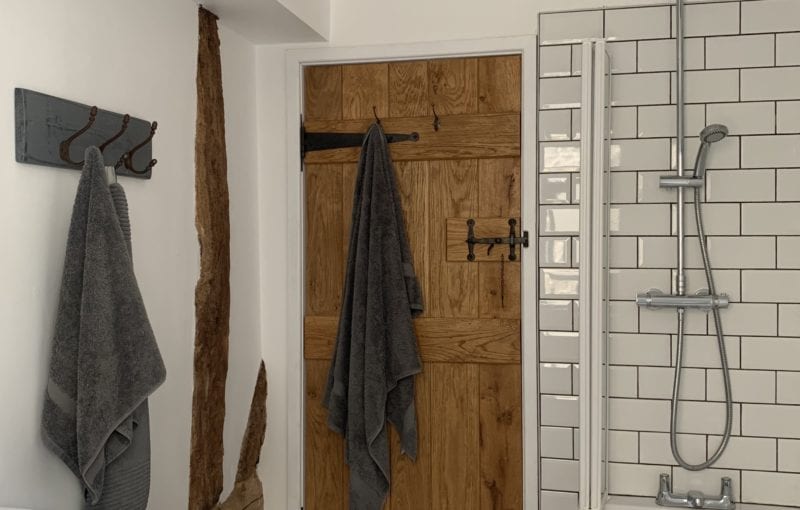

Rhandir - Bathroom
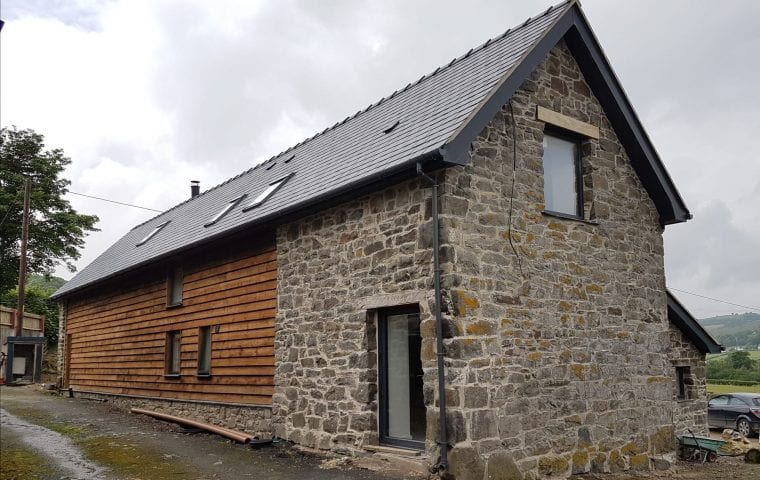

Rhandir - South Exterior
